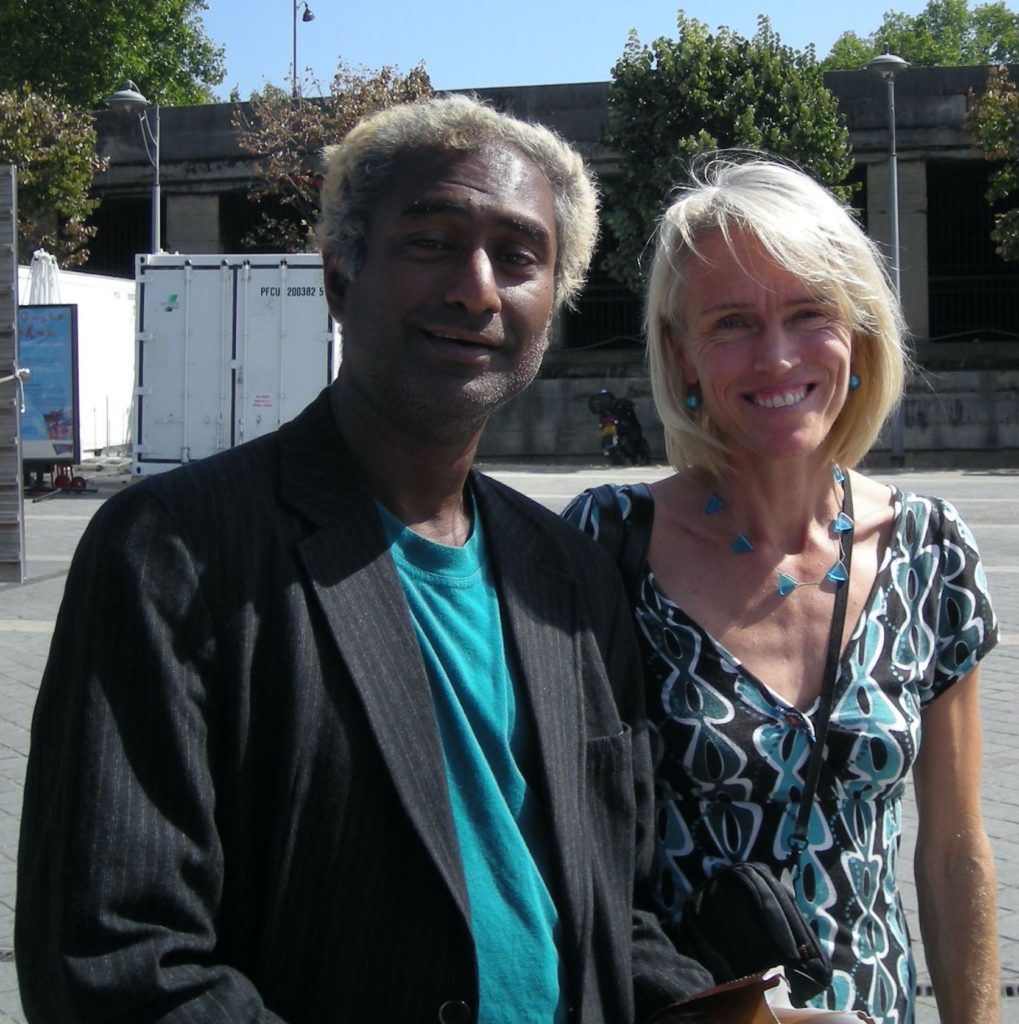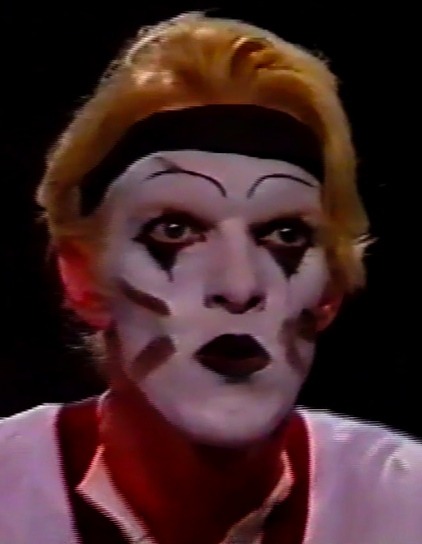logos for radio – our house in cape town

In 2007 Reddy wrote two logos for radio. Both were called our house in cape town, and ACE presents them here as our house in cape town 1 and our house in cape town 2 although they are quite different. The first was a response to a call by a new South African Broadcasting station (not the SABC) for a logo, to which Reddy responded because he knew a sound engineer at the SABC at the time and they worked together on the project and were hoping to get a foot into the lucrative jingle/logo/film market. He called the logo ‘Our house in Cape Town’ because he wanted to leave Germany where he had lived since the late 1990s and return to South Africa. He had designed the ‘perfect home’ there, that he and his partner Heike Asmuss (shown together on the right) would one day live in: ‘a three-storey bee hive hut’ says Asmuss, in which he had the ground floor, I had the top floor and the middle floor was for guests, and it included a restaurant, a cinema, a concert hall, a play room, a sauna/jacuzzi etc. We never talked about where exactly in Cape Town it would be, but we had always been mostly in the Fishhoek, Noordhoek, Hout Bay area and loved it – so I always imagined it there. And the logo money was supposed to be the source for this. It was a mix of dream and real hope’. The logo was not selected, however.
Reddy composed the second logo in answer to a call the same year by Westdeutscher Rundfunk (WDR). ‘It had the same title’, says Asmuss, because ‘it was still written with the same hope for “our house in Cape Town”‘. Reddy collaborated on it with Marion von Tilzer, a pianist and composer for whom he had earlier written two pieces in his friends suites. Again, it was not selected, and so ‘Surendran and Marion remained poor and had to carry on struggling for their livings’.

